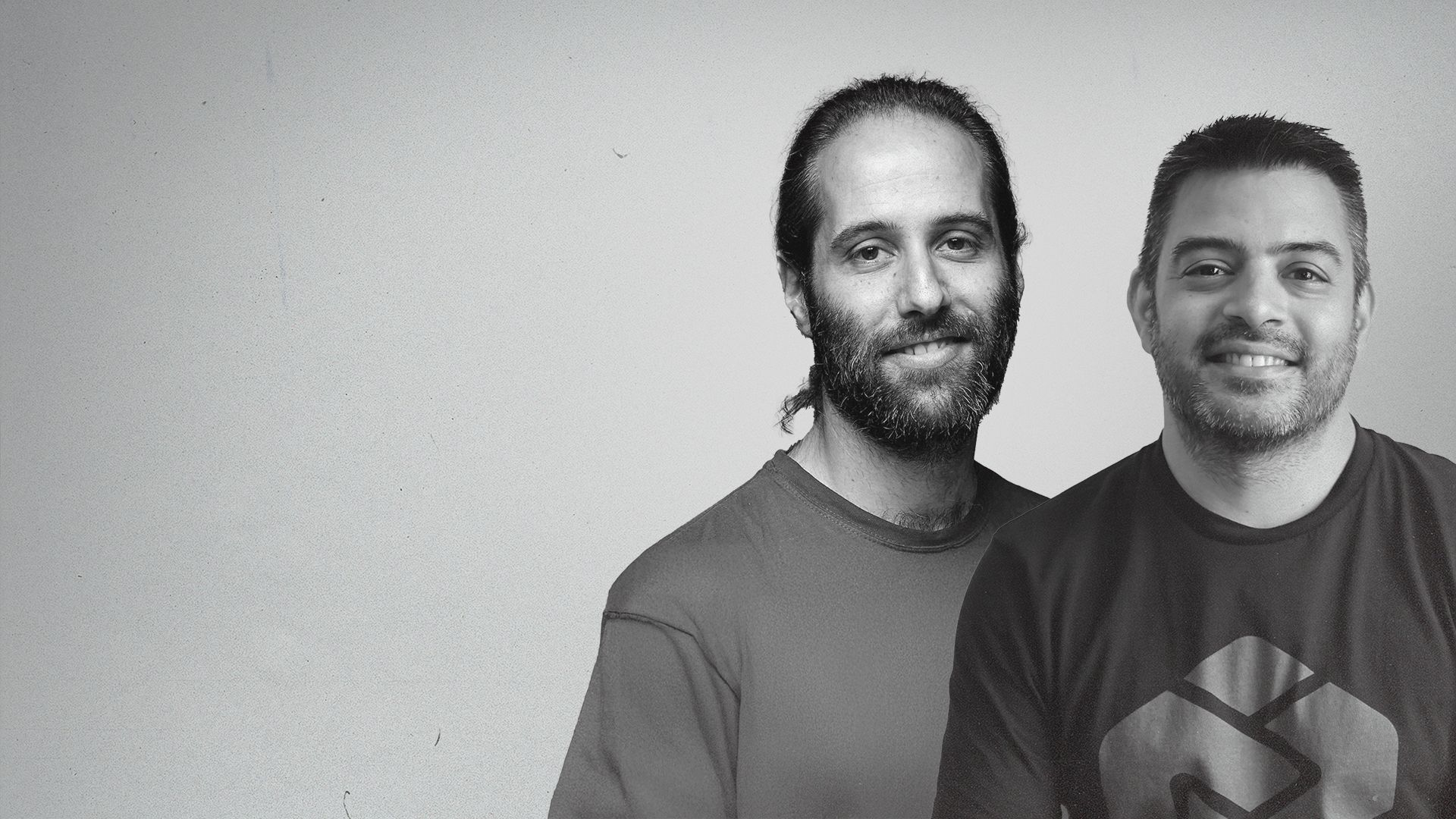

NEWS ON
DEEPSEEK,
STARGATE,
BOLT.NEW...
Also available on
Join hosts Simon Maple and Guy Podjarny in this insightful episode as they discuss the latest trends and innovations in AI technology. Featuring the impressive advancements by DeepSeek, this episode highlights how these new developments are affecting major players like Nvidia and altering the AI landscape. The hosts also explore the significant investments in AI infrastructure and discuss the shifting role of developers in an AI-driven world. With expert insights from industry leaders, this episode is a must-listen for anyone interested in the future of AI.
The podcast begins with a discussion on DeepSeek's new open-source model, which Simon Maple describes as "mightily exciting and even some might say game-changing." The hosts delve into the technical innovations that allow DeepSeek to train models at a significantly lower cost than traditional methods, referencing Simon's comment on the model's training cost being "sub 6 million."
The advancements by DeepSeek have sent "shockwaves" through the market, affecting major players like Nvidia, as Simon notes with the significant drop in their market value. The discussion highlights how these developments challenge the traditional barriers and open the field to more competition.
The podcast also covers the massive $500 billion investment in AI infrastructure by companies like OpenAI, Oracle, and SoftBank. Simon and Guy discuss whether this investment is justified in light of recent advancements that reduce the cost of model training.
Geopolitical Dynamics: Guy Podjarny mentions the interesting geopolitical implications, with announcements made from the White House and the involvement of various international players.
Continued Relevance: Despite cost reductions, the need for significant infrastructure investment remains, as computing power is still a bottleneck.
A significant portion of the episode is dedicated to discussing the evolving role of developers with the rise of AI. The conversation touches on whether traditional programming education is still relevant and how developers can adapt to these changes.